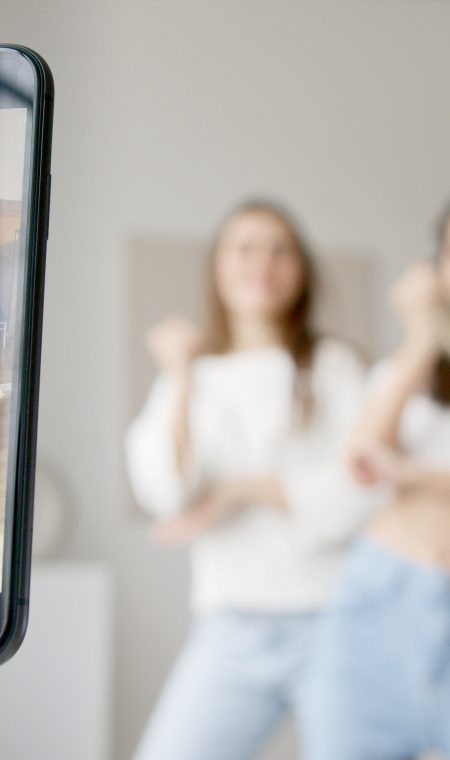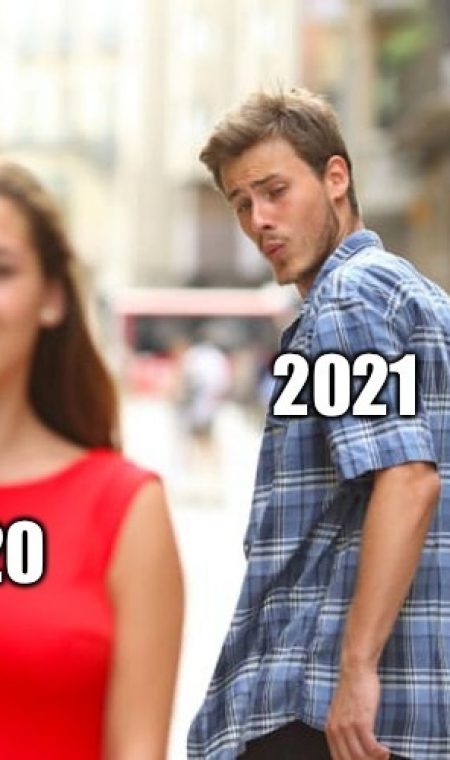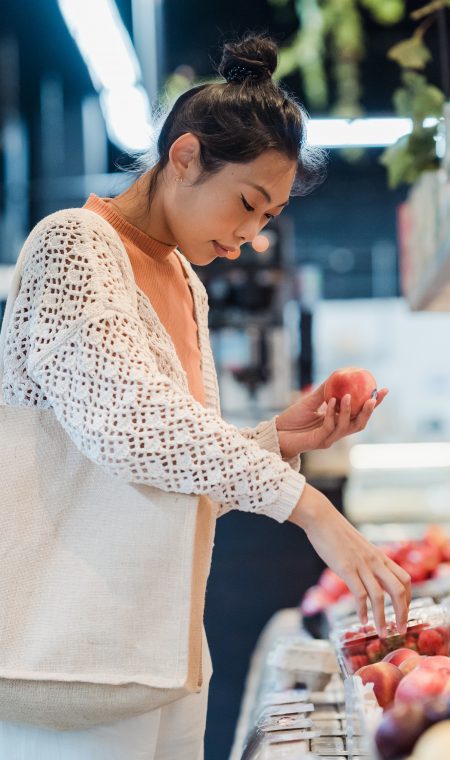2023-01-04 12:20 / Par Minimal
What are Facebook and Instagram’s algorithms hiding from us in 2022?
The past year has been one of great change for both Facebook and Instagram. Faced with the meteoric growth of TikTok, the two sister platforms had no choice but to revamp their models. While Facebook is banking on its new Reels feature, Instagram’s big boss has announced a radical transformation to become a platform very similar to TikTok. In this wave of news and changes, the algorithms of both platforms have changed greatly and it has become even more complex to navigate. So here’s a little snapshot of the situation to make the most of each platform.
Instagram’s algorithm has changed a lot over the past 5 years, moving from a model that favors topicality to one that favors interest. In a simple way, we could say that the algorithm now ranks content based on three main elements: a creator’s relationship with their followers, the relevance of the content and the novelty of the content.
In addition to ads and sponsored posts, the content that will be offered to a user is usually from the accounts they view, follow, like and interact with. From there, thousands of factors are analyzed on both the creator and viewer sides. The four most important categories are :
- Publication information: this covers everything from the number of likes accumulated to the date of publication, location, duration (if it’s a video) and more.
- Information about the content-creating account: the Instagram algorithm balances an account’s interest in others with its interest in a specific person. Interaction with the account and its posts over the past few weeks is an important factor here.
- User activity: the algorithm takes into account other posts that users have liked, to match them with appropriate content.
- A user’s interaction history: does the user simply like, or share, comment, etc.?
These factors are then brought back and the algorithm uses them to make predictions. According to Adam Mosseri, Instagram’s top boss, the process behind these predictions is complex and is based on the user’s probability of action, the probability, for example, that they will spend a few seconds on a post, comment on it, like it, save it, or click on the profile picture. The algorithm monitors every interaction you make on the app, from the posts you like to the people you interact with, in order to offer you content it thinks you will interact with.
Note that other factors can negatively influence the reach and/or virality of a post, however. These include:
- Low image or video quality
- Unoriginal content (i.e., content that has already been shared on Instagram in the past)
- Violation of Instagram’s community guidelines
- If the post has been flagged by the community
Not surprisingly, Facebook’s algorithm takes several elements from Instagram’s. In 2022, like its sister platform, it appears to prioritize a piece of content’s potential interest over its novelty, and it does so based on three main ranking factors:
- Who published it: you’re more likely to see content from sources you interact with, including friends and businesses.
- Type of content: if you interact most often with video, you’ll see more videos. If you interact with photos, you’ll see more photos.
- Interactions with the post: the feed prioritizes posts with a lot of engagement, especially from people you interact with a lot.
Facebook also offers users options that help them train the algorithm and personalize their feed. Favorites come to mind, where users can select up to 30 people and pages they will see first. Users also have the option to hide certain posts and ads, which sends a clear message to the algorithm.
Finally, Facebook will remove content that goes against its community standards. It can also remove or limit audiences for certain types of sensitive content, such as nudity, violence and graphic content.
- Knowing all this, here are some tips for staying in the algorithm’s good graces:
- Create and share, as much as possible, content that is informative and meaningful to your community.
- Don’t fall into the trap of clickbait: the algorithm detects it quickly and will punish your future content.
- Interact with your audience! The algorithm prioritizes the publications with which a user has interacted in the past. By responding to comments under your page publications, you are giving the algorithm exactly what it wants!
- In the same vein as the previous point, encourage your community members to interact with each other under your publications.






